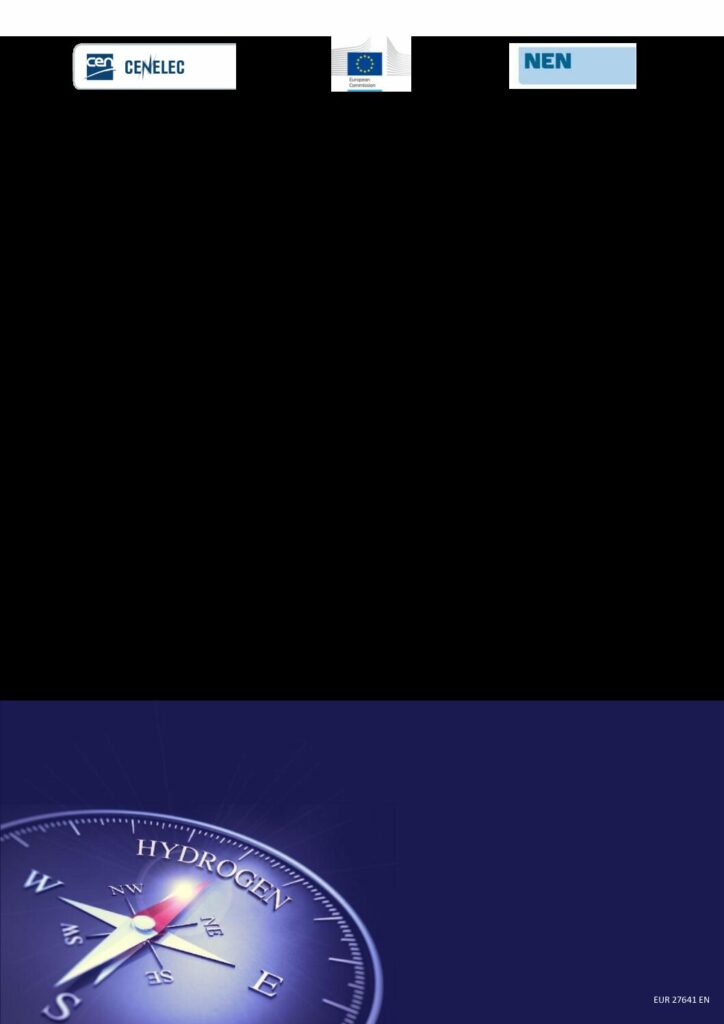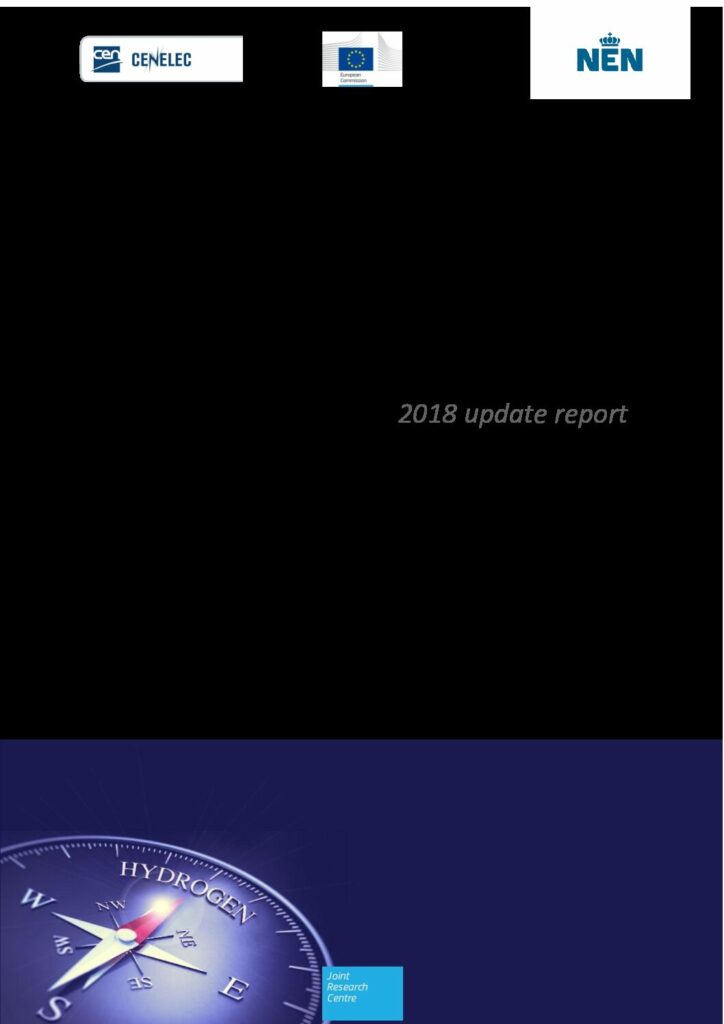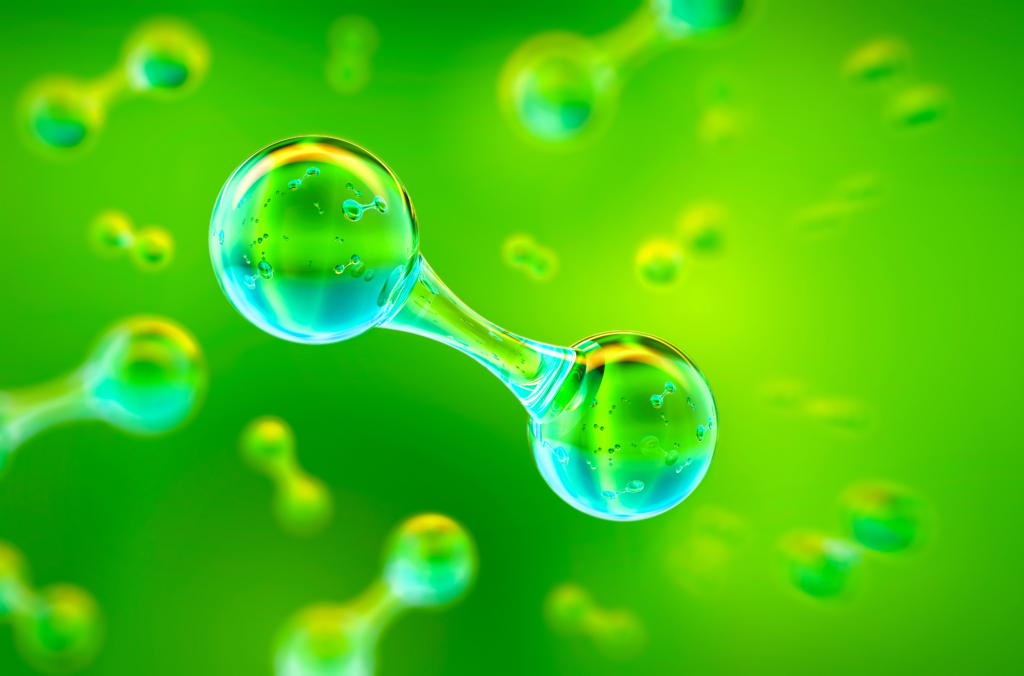To reach the EU ambition of a carbon-neutral energy supply, the electricity sector will see an increase in renewable energy sources. Due to this, the electricity system will face the challenge of an intermittent electricity supply. The use of hydrogen as an energy carrier could help to the integration of renewable energies as “Power-to-hydrogen” (PtH) plants enable the long-term storage of energy and can reduce the load in electricity grids. Furthermore, it is possible to exploit the surplus electricity that comes from renewable energy as this electricity can be used to power electrolysers that generate hydrogen to then directly inject it into natural gas pipelines, for both storage and transportation.
It’s important to ensure that the introduction of hydrogen into the pipelines is technically feasible, economically viable and, crucially, safe system of storage, transportation and use. Yet, many crucial aspects were not sufficiently addressed in earlier studies and significant research is still needed in order to examine these bottlenecks in the interaction between hydrogen and the wider European natural gas network.
With this in mind, GERG joined experts from throughout Europe in the hydrogen working group of The Sector Forum Energy Management (SFEM) This forum offers a unique platform for sharing needs and for bridging all stakeholders and players of the hydrogen energy chain. Its main objectives are:
- Bring the scientific knowhow and analyse the main barriers, needs and challenges on hydrogen energy systems and its standardization.
- Establish a long-term collaborative framework with key stakeholders from the gas sector, grids, electric supply, mobility, fuel cells and Hydrogen Joint Undertaking (FCH JU) to strengthen cooperation.
This program is led by the European Commission’s Joint Research Centre (JRC) and the European Committee for Standardization (CEN).
The scope of the working group covered the production of hydrogen through electrolysis as well as its transportation, distribution and use in pure form or as a natural gas dominant mixture (H2NG).
Key outcomes can be found in Part 1 of the report (see below). The report also includes: Priority challenges identified for the various technical areas; recommendations on proposed actions with means of implementation; and visual representation of these actions in an action roadmap.
Key challenges and early topics for standardization related to the injection of hydrogen into the natural gas grid were identified. This echoes the GERG work with CEN on developing standards for the implementation of Hydrogen across Europe: https://www.gerg.eu/projects/hydrogen/removing-the-technical-barriers-to-use-of-hydrogen-in-natural-gas-networks-and-for-natural-gas-end-users/



